“Batch 3,” the third cohort of students in the joint IIT-Bombay-Washington University Executive MBA program gathered last week in Mumbai to begin an 18-month course to advance their leadership skills and careers while working full-time. WashU Chancellor Mark Wrighton and Olin Dean Mark Taylor welcomed the new class via video message.
Shivganesh Bhargava, Head of the Shailesh J. Mehta School of Management at IIT Bombay, and Kurt Dirks, Olin’s Bank of America Professor of Managerial Leadership and Co-Director of Bauer Leadership Center, were present for the formal launch at IIT and Welcome Dinner at Taj Lands End. Graduates of the program from Batch 1 and 2 also attended.
“The joint global degree is meant to equip executives with the tools, education and confidence to work in any industry in any part of the world as leaders in the new landscape of economic development. This also enables them to apply the concepts they learn while taking the course and know its impact in real-time.” Prof. S. Bhargava, Head of Shailesh J. Mehta School of Management at IIT Bombay.
Executive MBA -Mumbai Batch 3 At-a-Glance
Number of students: 25
Average age: 39
Average years of professional experience: 15.3
Women students: 7
IIT-Bombay and Washington University launched the first US-India joint Executive MBA program in Mumbai in 2015. The partnership between Shailesh J. Mehta School of Management (SJMSOM) at the Indian Institute of Technology in Bombay and Olin Business School offers only the Executive MBA program in the world to confer a degree from both an Indian and an American university.
Thanks to Kiran Shesh, CEO of IITB-WUStL Research and Educational Academy, for the photos in this gallery from the Batch 3 launch. Click on photos to enlarge.
- WashU-IIT Bombay EMBA Batch 3




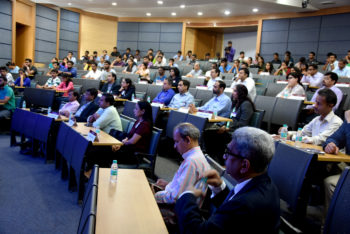
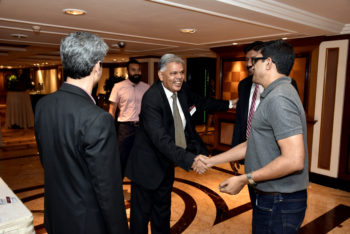
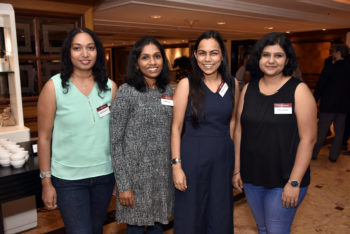
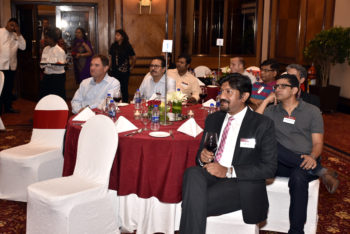
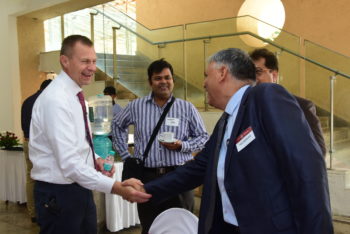
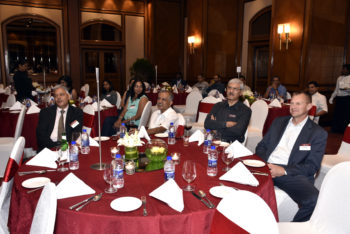
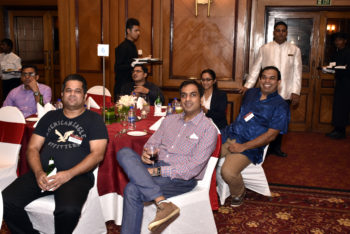
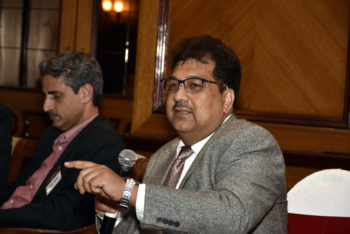
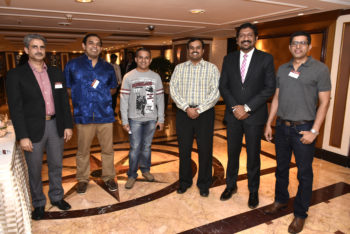
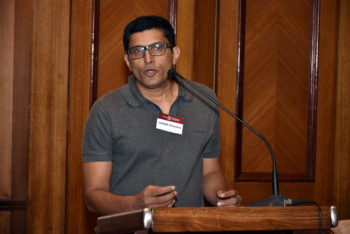
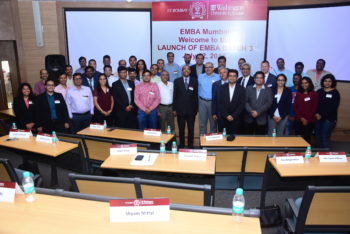









 The most recent broadcast of the Executive MBA program’s “Live from Olin Business School” webinar series challenged the common notion that a leader should not be involved in the innovation process. Stuart Bunderson, Associate Dean & Director of Executive Programs, the George & Carol Bauer Professor of Organizational Ethics & Governance and Co-Director of the Bauer Leadership Center, presented the webinar. In “Leading Innovation without Getting in the Way,” Bunderson broke down just why innovation does not work effectively without the involvement of a strong leader.
The most recent broadcast of the Executive MBA program’s “Live from Olin Business School” webinar series challenged the common notion that a leader should not be involved in the innovation process. Stuart Bunderson, Associate Dean & Director of Executive Programs, the George & Carol Bauer Professor of Organizational Ethics & Governance and Co-Director of the Bauer Leadership Center, presented the webinar. In “Leading Innovation without Getting in the Way,” Bunderson broke down just why innovation does not work effectively without the involvement of a strong leader. Buoyed by this timeline, key members of the team did help drive the process forward, each with a specific role to play. Narrowing down the best idea meant that contributions from the group facilitator, company founder and more experienced members led the team to a revolutionary approach to the shopping cart.
Buoyed by this timeline, key members of the team did help drive the process forward, each with a specific role to play. Narrowing down the best idea meant that contributions from the group facilitator, company founder and more experienced members led the team to a revolutionary approach to the shopping cart.